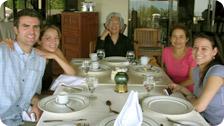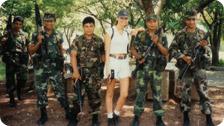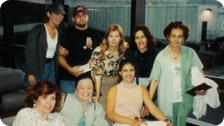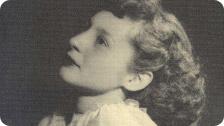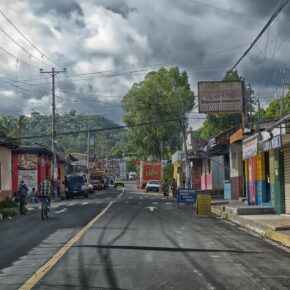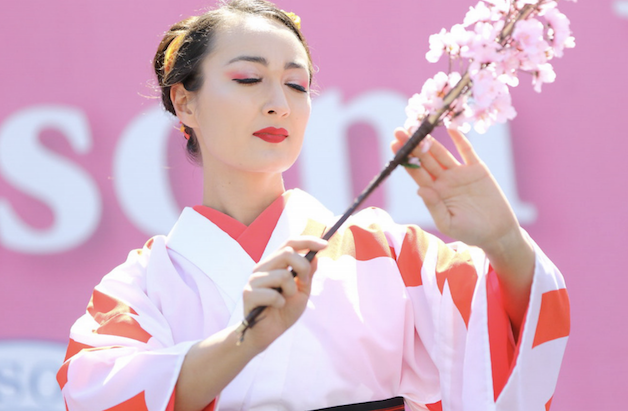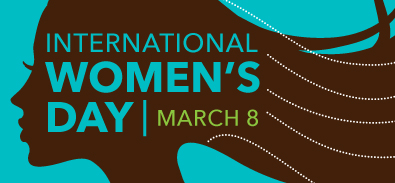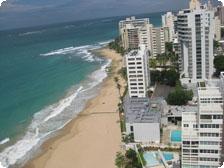Culture: El Salvador: Finding Paradise after 15 Years of Peace
by Allison Neves
PART ONE: It was 1992 when the peace treaty between the Farabundo Martí National Liberation Front (FMLN) guerillas and the government of El Salvador was signed. The bloody civil war was a peasant revolution that had raged on unofficially since the late 70’s. During that time, more than 80,000 people were killed or never accounted for. Many thousands went missing and their remains were never recovered. A great majority of those casualties had fallen victim to the government’s Death Squads; military groups known to kidnap and murder all those considered to be active in the FMLN movement or were thought to be guerilla sympathizers. Absolutely no one was safe.
In 1980, Archbishop Oscar Romero, a well-respected catholic priest who some considered to be an active participant in the guerilla movement, was shot and killed while delivering mass in his church. But, to be fair, the brutality of this war was evenly distributed amongst all of its participants. It’s hard to say who exactly wore the white hats here. Ultimately, the only obvious color was red.
There are many variables that led to the war but put simply, like many of history’s wars, the conflict in El Salvador was a fight between the haves and the have not’s. For virtually its entire existence, the country has been an awkward juxtaposition of extreme wealth and extreme poverty. With the onset of the civil war, the country’s affluent had everything to lose, fighting for the right to maintain their way of life and the campesino guerillas, whose station in life provided them with very little or close to nothing, were willing to give up their lives without pause for a chance at something better. And so it went… as days stretched into months and months into years, more and more would die.
Americans began to take notice of the turmoil in December of 1980 when a female missionary and three catholic nuns on a humanitarian mission from the U.S. were raped, killed and left dead on the side of the road. It was a defining moment for U.S. intervention in El Salvador’s civil war and a defining moment in my young life.
When I learned of the fate of those women, I was nine years old, living in San Francisco, and attending catholic school far from the brutality of war and its cruel injustices. Yet, the war that was being waged thousands of miles away, in a country that I had never even set foot in was very much a part of my childhood. I was fair-skinned, an average white girl growing up in a lower-middle class neighborhood. But, my springy, blonde pigtails and big blue eyes that crowned the peaks of my All-American cheeks kept a secret. My grandmother, Mercedes Villatoro, was born in El Salvador and my mother, Sylvia followed suit some 26 years later. My mother and her family would eventually move to San Francisco where they spent the bulk of their lives growing up a stone’s throw from the Mission District, the heart of the area’s Latino Community.
I was raised with aunts and uncles that I knew as tia and tio, with relatives named Alfonso, Marta and Mauricio, and fed a steady diet of cheese pupusas; the Salvadorean gastronomic staple. I grew up making tamales every Christmas, listening to my family converse in Spanish and breaking open piñatas on special occasions. I knew this life to be a part of my everyday existence and although I could pass more for a Swede than a Latina, I embraced the culture as my own.
My grandmother, Mercedes, was clearly Hispanic, an olive-skinned beauty with rich coffee eyes and jet black hair. Her family in El Salvador were property owners, businessmen and professionals, educated in Europe and the States, not extremely wealthy but fairly comfortable.
With a quick-wit and flair for fun, my grandmother was the life of every party. Master bridge player and crossword puzzle enthusiast, she was extremely bright with a subtle sophistication and endearing charm. She was the matriarch, the center of each of our worlds. She would sway each of us to sleep singing lullabies in her native tongue and it’s in those moments within her embrace that I came to define the safety and strength of love. Undoubtedly, my love for that strange, foreign place was born out of my undying and unconditional love for my grandmother. It was a part of her… and I would come to love a place that I had never known just as much as I loved her.
The war was spoken of often during the 80’s. I would overhear conversations about the violence, the gun shots, and the kidnappings. I would decode the pain and disgust in my grandma’s voice as she would share news from the relatives back home. The war and the killing just went on and on, with no end in sight, until I eventually came to accept all of the death as the normalcy that was El Salvador.
In 1992, I was 21 working in downtown San Francisco, when I came upon a makeshift parade of about 100-200 caramel-skinned, revelers making their way down the city’s Market Street, carrying El Salvador’s flag and honking horns. A treaty had been signed and the war was over.
Three years later, I finally arrived in the country that I had loved from afar. I was accompanied by my grandparents, my Aunt Ruby and her children, my cousins, Benjamin and Jennifer, another undeniable Latina beauty. The six of us were on an adventure, inspired to reinvigorate a piece of ourselves that had been stifled during the war.
Upon our arrival, we came to find buildings left deserted, crumbling and riddled with bullet holes. Pollution, poverty and crime still ran rampant and there was no civil infrastructure or order of which to speak. The war had left a gapping wound that would need much more time and care in order to heal. It deeply pained me to see something that I felt so connected with, left so unloved and broken.
In the summer of 2007, 15 years after peace was proclaimed, I returned to the country of my grandmother. Many years had passed and I could only hope that with the passing of time so to would come the change needed to ensure a better future for El Salvador. Much had changed in my life since my last visit with my family 12 years prior. My grandmother Mercedes and my cousin Jennifer had both passed away suddenly and my grandfather, though still alive, no longer had the luxury of recalling the memories of the life he had created with his beautiful wife, children and grandchildren. My grandfather, my hero, was now gone, only his shell remained. My arrival was bittersweet as I relived youthful memories of my cousin and grandparents and was forced to relive each of the days that they were taken away from me.
I was now 35 years old and newly married, so this time I made the trip with my husband, Travis. I was excited to share my family’s culture with him and introduce him to my relatives. Not only did I make the journey back to reconnect with my loved ones but to also rediscover the lost love born from my heritage. As a travel writer my mission was to determine if the place of my ancestry could ever recover from a devastating war that did nothing but divide and destroy.
Discover more from Tango Diva
Subscribe to get the latest posts sent to your email.

